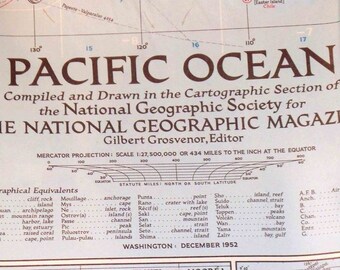
If her calculations were right, the geosciences would never be the same.Ī few decades before, a German geologist named Alfred Wegener had put forward the radical theory that the continents of the earth had once been connected and had drifted apart. As she did, she became more convinced that the impossible was true: She was looking at evidence of a rift valley, a place where magma emerged from inside the earth, forming new crust and thrusting the land apart. She crunched and re-crunched the numbers for weeks on end, double- and triple-checking her data. Repeating in each was “a deep notch near the crest of the ridge,” a V-shaped gap that seemed to run the entire length of the mountain range. Her maps also showed something else-something no one expected. That range had been a shock when it was discovered in the 1870s by an expedition testing routes for transatlantic telegraph cables, and it had remained the subject of speculation since Tharp’s charting revealed its length and detail. Her drawings showed-for the first time-exactly where the continental shelf began to rise out of the abyssal plain and where a large mountain range jutted from the ocean floor.
#WHO MAPPED OUT THE OCEAN FLOOR IN 1952 SERIES#
Tharp spent weeks creating a series of six parallel profiles of the Atlantic floor stretching from east to west. As she charted the measurements by hand on sheets of white linen, the floor of the ocean slowly took shape before her. Instead, she stayed in the lab, meticulously checking and plotting the ships’ raw findings, a mass of data so large it was printed on a 5,000-foot scroll. Women weren’t allowed on these research trips-the lab director considered them bad luck at sea-so Tharp wasn’t on board. For five years, Tharp’s colleagues at Columbia University had been crisscrossing the Atlantic, recording its depths. For the first time, ships could “sound out” the precise depths of the ocean below them. But the advent of sonar had changed everything. Nearby, spread across several additional tables, lay her project-the largest and most detailed map ever produced of a part of the world no one had ever seen.įor centuries, scientists had believed that the ocean floor was basically flat and featureless-it was too far beyond reach to know otherwise.

Using sonar, we cannot only capture the structure and depth of the seabed, but we can see signals in both the water column and the sediment indicating that gas, such as methane, is leaking out from the seafloor.Marie Tharp spent the fall of 1952 hunched over a drafting table, surrounded by charts, graphs, and jars of India ink. On this expedition, we search for cold seeps and hot vents on the seafloor. "That's why we use research vessels to survey areas of the sea using the echosounder systems, areas where we have previously had no, or only imprecise, records," says Paul Wintersteller. With satellites, we cannot look directly through the water to the ocean floor. If we zoom in on the ocean with the same setting, we only see a blue box. Unknown areas that nobody has seen before, and that cannot be detected by the naked eye or satellite.įor example, if we zoom in on "Google Earth" to an area of 30 meters within a city, we can clearly see streets, houses, cars and even people in the satellite image. Color surfaces build up on the monitors in all hues, revealing even the smallest structures on the seabed.


 0 kommentar(er)
0 kommentar(er)
